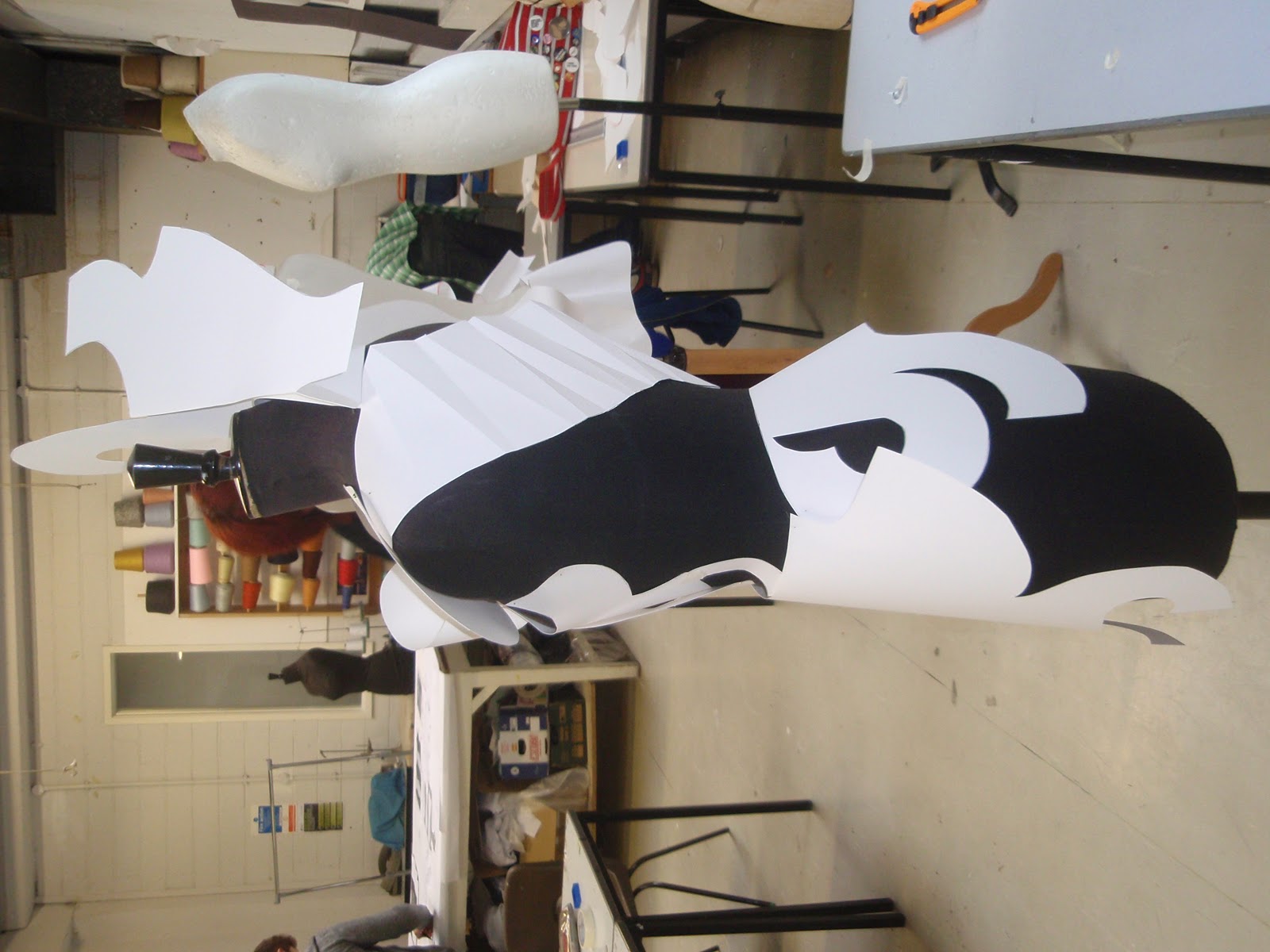
This furniture design is by Fred Baier. I really like his work and these pieces especially because of the twist in the tradition. I find the fact that in this case he designs in a futuristic way but still has aspects of tradition which can be seen in the photo. The newer looking shelves are combined and attached to what we associate with a "normal" bookcase. I also find his use of shape really interesting, he uses a mixture of original shapes and more creative shapes and these are put together to create a very interesting combination of shapes that he has made into a table. I also like the fact that he uses a mixture of 3D shapes and thinner, flatter 3D shapes within the table, this shows his mathematical influences. In some ways I thought that this would not work but surprisingly they compliment each other very well. I think the reason they work so well together is because of his effective use of colour. Even though he uses bold colours, they are not too bright, which means that it is easier for the colours to compliment each other. This application of colour I also find interesting as he creates many of his works out of stained wood in many colours.

Marianne Brandt was a German designer who studied at the Bauhaus art and design school. I particularly like her work as it appears very futuristic even though it was designed in the 1920s. However it does reflect the styles at this time as there was a lot of simplistic design around, for example within clothes, as the style was a very straight forward up and down simple figure. The decoration is also simple as there is very little. The decoration is within the design of the object as opposed to applied to the actual surface of the object which I find interesting.

This is a piece of artwork by the Russian sculptor Naum Gabo who was also a teacher at the Bauhaus school of art and design. I like his work as it appears as though no matter what era his work was created in, it would have fit into any time period. I particularly find his sculptors of figure very effective as it is create from flat pieces and put together in a way that suggest and implies the figure rather than making it appear very realistic. This means that the viewer of the piece has to look closer and think more about what they are looking at as opposed to it being on face value.

This is piece of artwork by my favourite sculptor Anish Kapoor. I have been influenced by this work in the past and continue to be captivated by his work. Recently I have found his Olympic orbit tower interesting and stunning, however I have not met one person yet who said they like it apart from me. I have not been fortunate enough to see his work in person however from photos and videos his artwork appears to be very vast. I love this sense it creates and makes the feeling for me, of uncertainty about where his sculptures could take you, I find this very captivating.

This is set model by one of my favourite theatre designers, Philip Witcomb. He designs both set and costume and I am highly influenced and inspired by him. This photo is of a set model for a production of The Tempest. I have been lucky enough to see some of his work with my own eyes as I went to see a production of Wind in the Willows that he designed for that came to Derby Live. I was instantly captivated by his work as it is was unlike any other sets I had previously seen. This Tempest set in the photo above is very interesting to me as it appears as though it could be packed up into a truck and become a sort of pop up theatre. This means packing up the set and costumes onto a truck and travelling round the country. It appears as though it could fold out and be done outside to reflect the story more as The Tempest is set on an island. Here is a photo of the final creation:




























.jpg)























